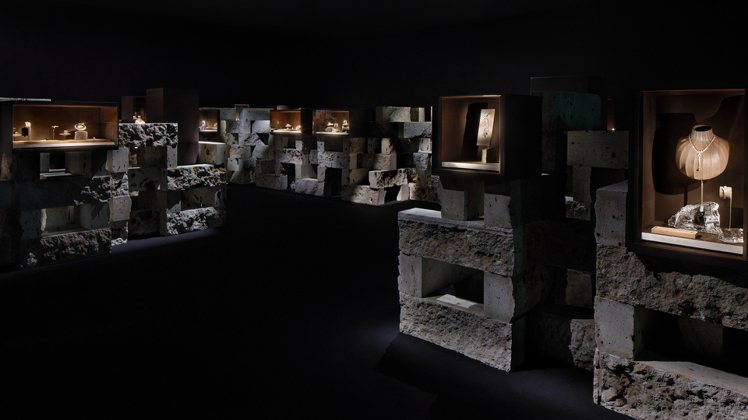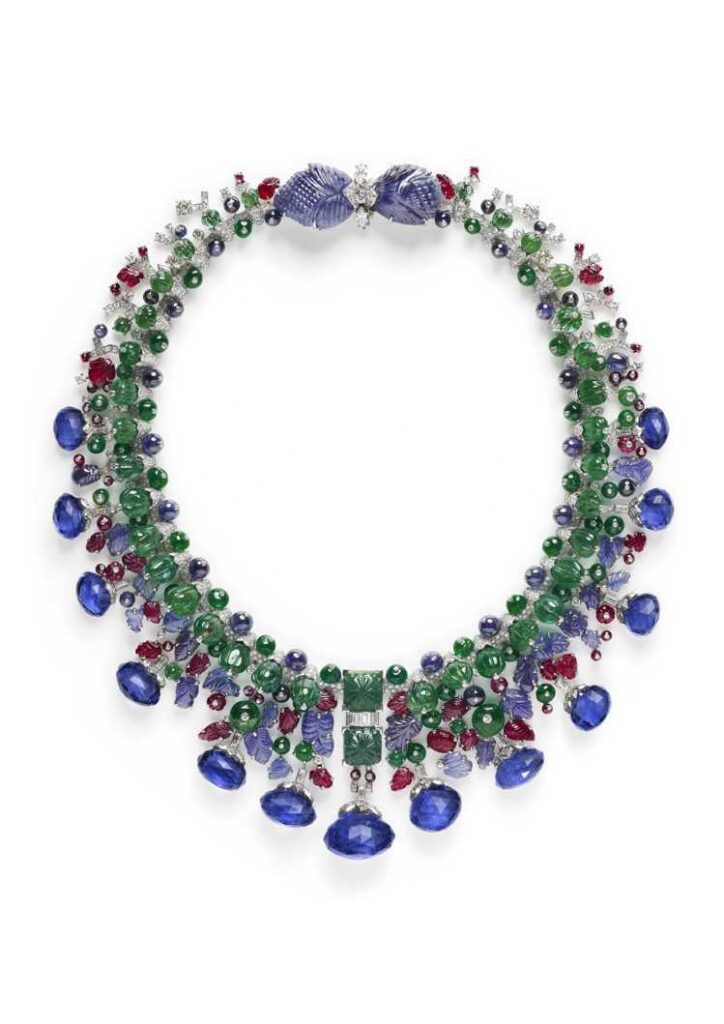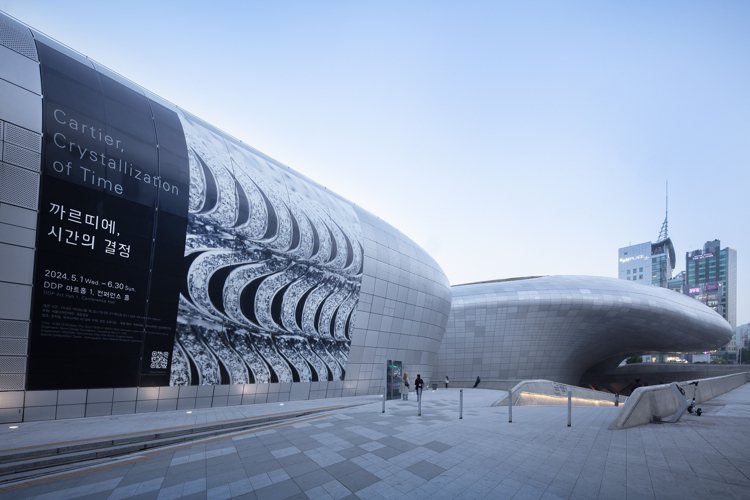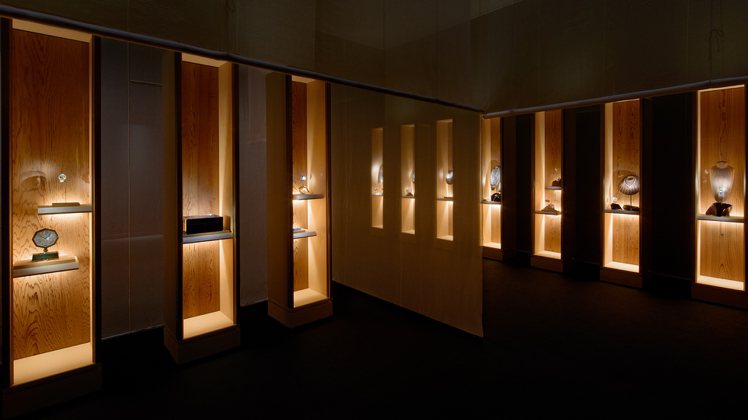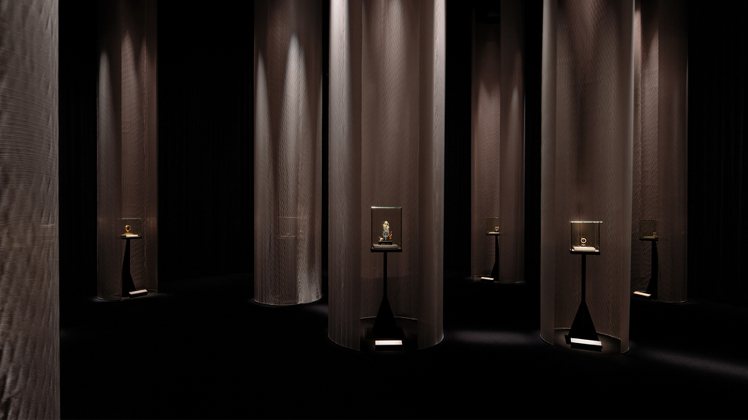From now until June 30, Cartier (CARTIER) holds the “Cartier: Crystal of Time” exhibition at Dongdaemun Design Plaza (DDP) in Seoul. This is the first exhibition at the National Museum of Art in Tokyo after 2019. After its debut, it was exhibited again. The exhibition presents a total of approximately 300 works of art, including historical classics from the brand’s archives, as well as unpublished contemporary creations shared from private collections. The exhibition reviews the continuous evolution of Cartier style through three perspectives developed with “time” as the main axis, including “changes in color and materials”, “form and design” and “embracing the curiosity of the world”.
The design of the Seoul exhibition is the same as that of the Tokyo exhibition. New Materials Research Laboratory (NMRL), co-founded by Hiroshi Sugimoto and Toriyuki Sakakida, is responsible for the space planning. They adhere to the design principle of “old materials, new perspectives” and create an exhibition with time awareness as the main axis. Unique exhibition space. This time, we also cooperated with Onjium/Arumjigi Cultural Preservation Foundation, a Korean traditional culture research institution that Cartier has long-term supported. The exhibition space is decorated with traditional Korean materials that represent cultural inheritance. The end of each chapter is paired with Korean and Japanese antiques. Cartier jewelry is presented side by side, contrasting to create a unique and profound appreciation interest.
The exhibition uses a giant clock at the starting point to highlight the theme, and cleverly reverses the evolution of time by operating in a counterclockwise direction. After passing through the opening installation, you enter the circular space of “Space of Time”, where the focus of the exhibition is the mysterious clock and the clock that embody the brand’s technology and ingenuity. In the exhibition room in the first chapter, “Changes in Color and Materials,” display cabinets made of Japanese hinoki cypress and Korean gauze create a fantasy palace feel, demonstrating Cartier’s use of craftsmanship in using various materials and colors. The representative fruit bag necklace embodies the bold combination of brightly colored gemstones such as sapphires and emeralds. Gem engraving, enamel, metal bead craftsmanship, as well as flower marquetry and straw inlay craftsmanship known as “art master” levels can also be seen here.
Chapter 2 “Form and Design” uses rough and porous tuff to create a cave-like environment, which contrasts sharply with the bright gemstones. This chapter shows Cartier’s basic pursuit of simple lines and forms. Precise proportions, precise lines and the balance of design are all indispensable elements in creating outstanding works. Finally, we come to the third chapter, “Embracing the Curiosity of the World,” which focuses on Cartier works influenced by civilizations such as the Islamic world, ancient Egypt, India, and East Asia. Unique creations inspired by traditional Korean jewelry are also included in the exhibition.
